Montreal Botanical Garden – Nature at its Best!
An oasis in the middle of the city for over 80 years, the Montréal Botanical Garden is recognized as one of the largest and most beautiful in the world. Its rich collection of 22,000 plant species and cultivars, its 10 exhibition greenhouses, Tree House, and some 30 thematic gardens make the venue exceptional. Its cultural gardens, in particular, invite you to travel to places like China, Japan, and the First Nations through botanical traditions. Solitary meditation, romantic rendezvous, guided tours, family get-togethers—these are just a few of the many ways to sample the delights of the Garden.
With over 22,000 species planted in 30 gardens, ten greenhouses and an arboretum with 7,000 tree specimens that take up over half the space, the grounds are a sight for sore eyes. From the comely appeal of the rose gardens to the contemplative minimalism of the Japanese garden to the Chinese garden’s striking architecture, there’s a garden for every taste with flowers and trees from across the globe.
The gardens evolve from week to week. In May, the arboretum blooms with magnolias, followed by cherry trees, apples trees and then 200 varieties of lilacs imbue the air with their scent. Flowers get a head start with spring tulips in April, then hyacinths, and the alpine garden peaks mid-May. Late June features the first roses, water lilies and orchids are on display year-round in the greenhouses.
Arguably the most beautiful location in the city, the Montreal Botanical Garden’s ten indoor greenhouses are open year-round. Meanwhile, spring, summer and fall feature several outdoor theme gardens, including:
Chinese garden
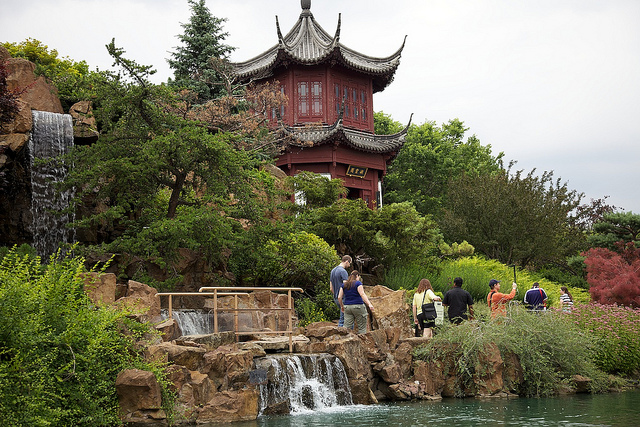
A place of contrast and harmony, this garden illustrates the age-old principles of the Chinese art of landscape design. The layout, the pavilions’ architecture, the water, and the selection of plants and minerals are all expressions of the dominant design principles of yin and yang. The design elements are laden with great metaphorical meaning; shapes and masses are used to achieve contrast and arouse emotion.
Japanese garden
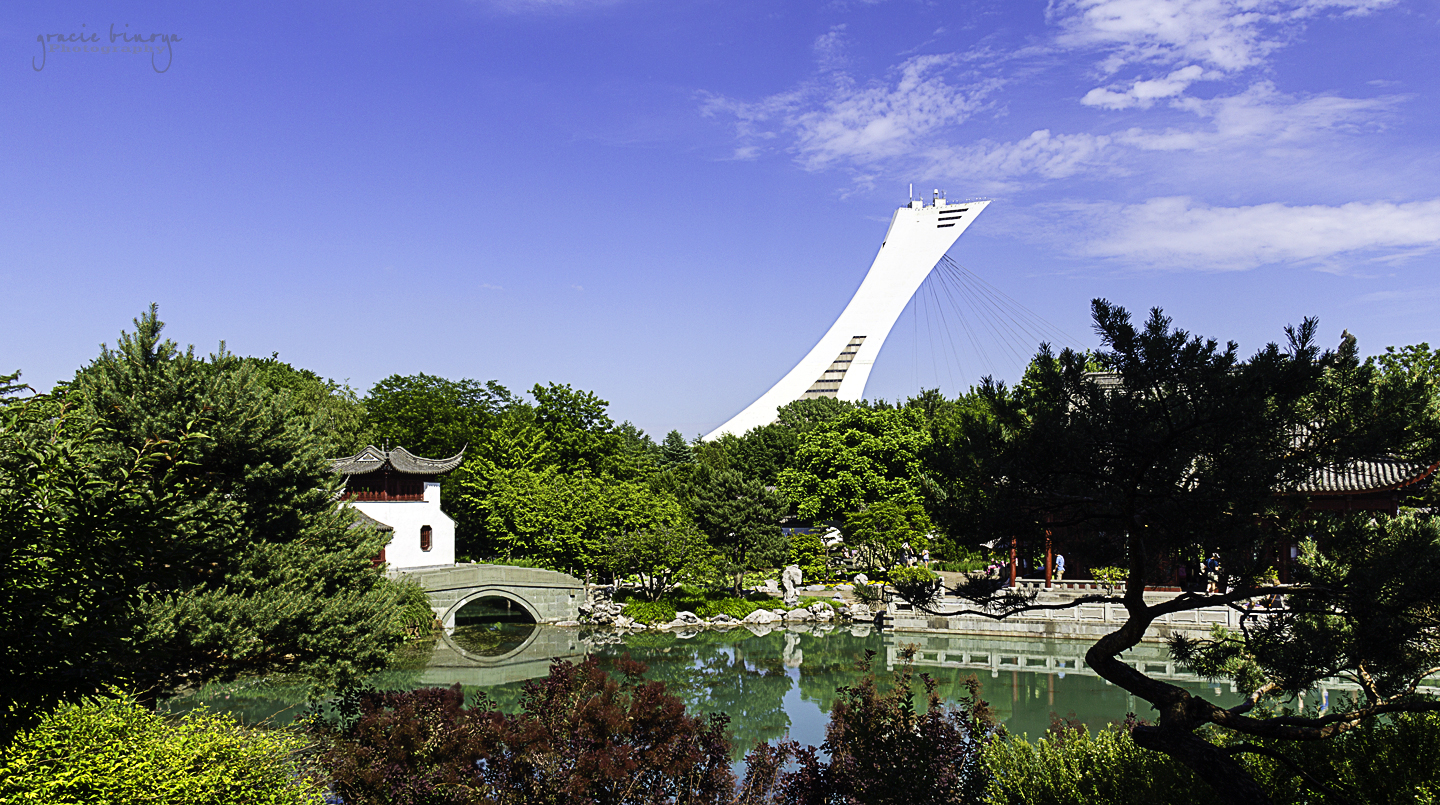
All the elements of this garden are balanced to create a feeling of serenity. It’s a meditative place filled with symbolism. Each tree, each shrub, each stone has been carefully placed to create a harmonious whole. The pathways lead to a pond with a series of waterfalls and streams, where you can admire Koi carp swimming in the shallow water.
Shade garden
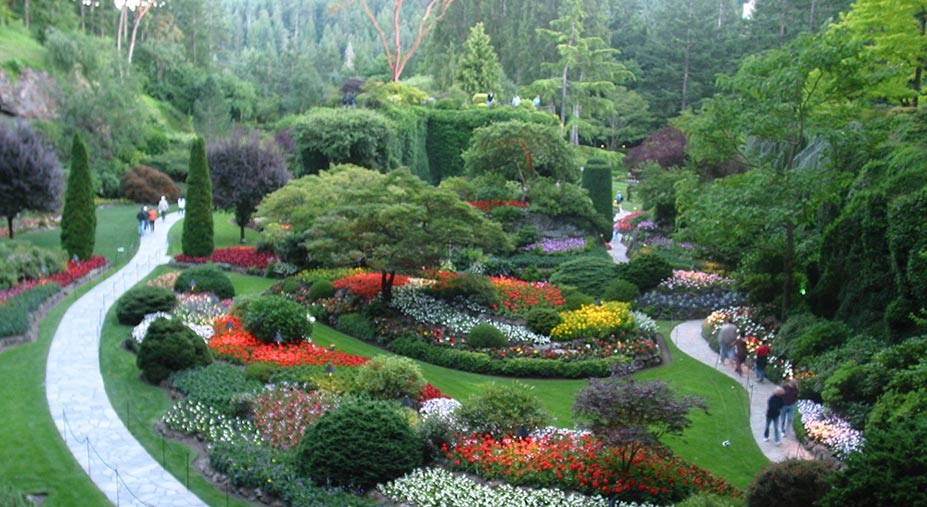
Under the foliage of tall trees, shade and semi-shade plants carpet the Shade Garden, whose winding paths invite visitors to linger in this quiet oasis. It offers a chance to discover an amazing variety of plants adapted to these lighting conditions – over 2,500 species and cultivars are represented here.
Lily garden

A succession of superb spring and summer blooms draws visitors to the Flowery Brook, situated next to the collection of lilacs. This garden, with its flowerbeds laid out in typical English style, unconstrained by symmetry or straight lines, contains some 600 species and cultivars of irises, including blue flag (Iris versicolor) – Quebec’s floral emblem – and close to 200 species and cultivars of peonies, 300 of daylilies and 100 of lilies.
Rose garden
Created in 1976, to mark the Olympic Games, the Montréal Botanical Garden’s Rose Garden is one of the largest in North America. It covers more than six hectares and features close to 10,000 rose bushes, representing more than 900 species and cultivars, laid out in about a hundred different beds.
Arboretum

Over half the total area of the Montréal Botanical Garden is devoted to the Arboretum and its impressive collections. A vast woodland in the heart of the city, the Arboretum has about 7,000 specimens of trees and shrubs divided into 50 collections. There are also various species native to Québec and many cultivars imported from all over the world.
First Nations garden

Created in honour of the First Nations people, this garden gives visitors the chance to rediscover the culture of America’s first inhabitants, and showcases their wisdom and traditions. It highlights not only Native knowledge, but also First Nations activities related to the plant world, from gathering food and medicinal plants to using wood and trees to make things and build and transport their homes, and growing plants, mainly corn, squash and beans.


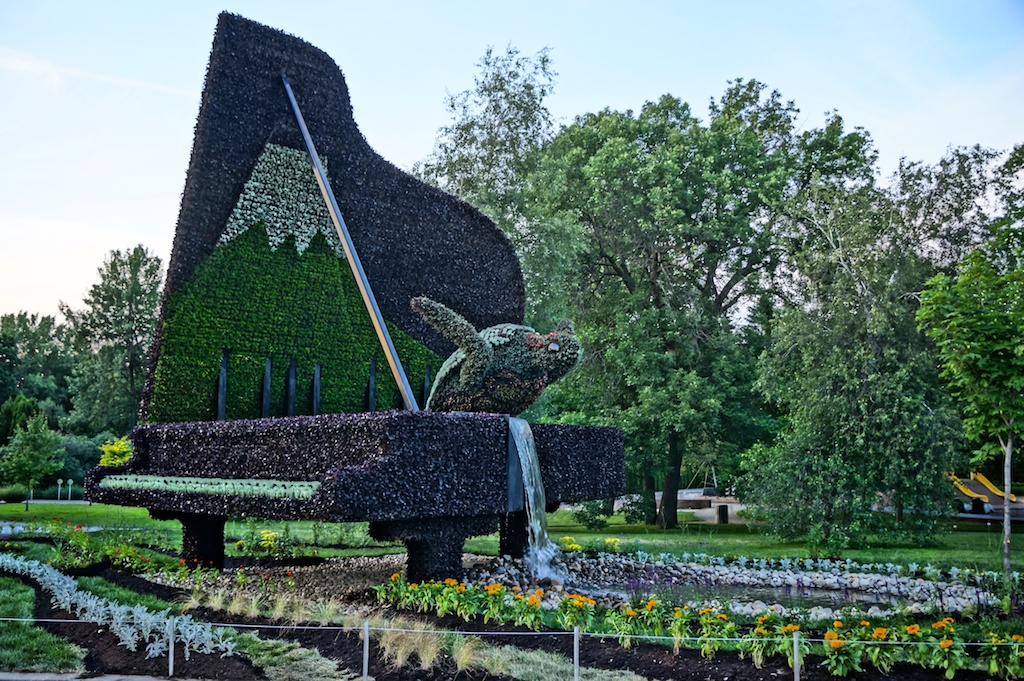
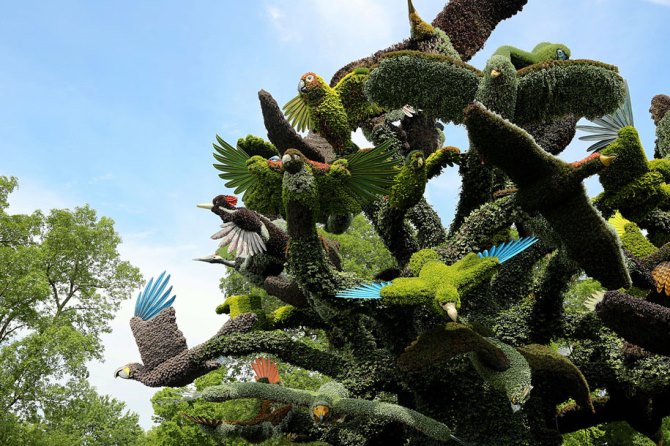


This is one of the finest botanical garden having not only large number of species and cultivars but also various types of gardens…..